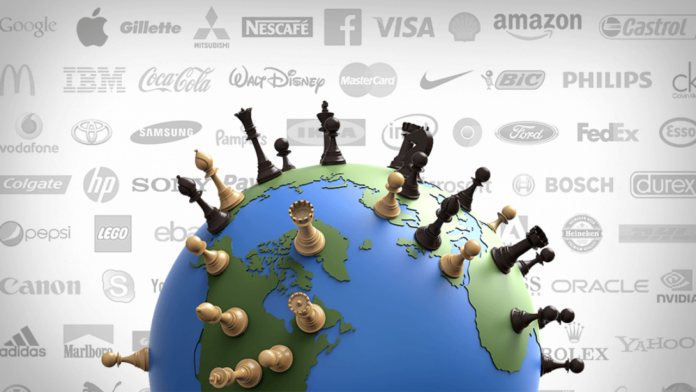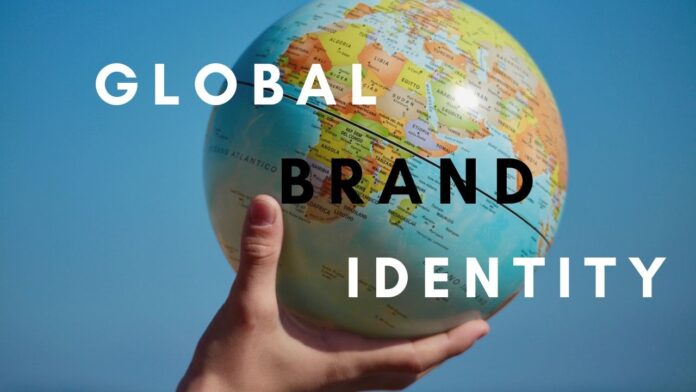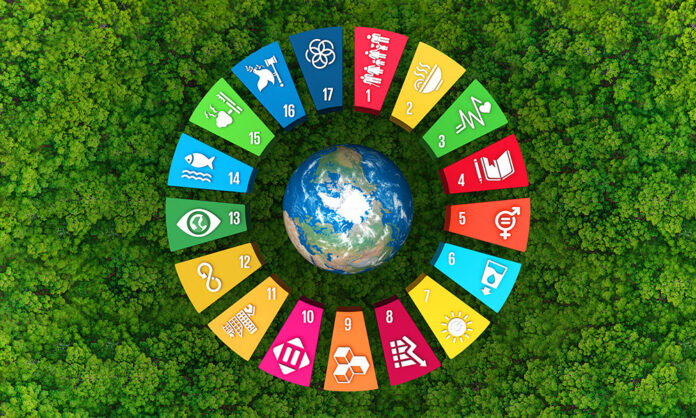Establishing a strong brand that speaks to global markets is more than a marketing strategy. It’s a growth tool. For tech startups, the race to global relevance begins early. It doesn’t start after product-market fit. It starts with a vision that breaks borders. If you’re building in tech and aiming high, brand clarity and global strategy cannot wait. Let’s get into the critical steps you need to act on now.
Key Highlights
- Brand identity is more than a logo—it reflects your value, credibility, and ambition.
- A strong mission statement must be understood across cultures and markets.
- Local partnerships are key to scaling global reach fast and efficiently.
- Legal and IP protection should be handled early in each target market.
- Strategic content marketing opens doors in unfamiliar territories.
- The right global accelerators can transform your expansion roadmap.
Start With a Global Mission and Market Positioning

Every international brand starts with a single story—but that story must scale. If your message only makes sense in your home market, you’ve already limited your growth.
Avoid slogans or messages that rely on cultural cues. Instead, focus on universal impact, technical differentiation, and the specific problem you solve. Global investors and partners don’t fund vague ambition. They back precise positioning.
Know Who You Are—Everywhere
A startup that aims globaly must sound consistent in every market:
- Same message, adapted vocabulary.
- Same values, adjusted expressions.
- Same mission, sharper localization.
Write your mission in a way that resonates across different economic realities. A good mission will excite a Berlin investor, a Vietnamese engineer, and a Kenyan distributor—all at once.
Use Startup Hubs That Bridge Innovation with Global Scale

You don’t have to build an international brand alone. Startup hubs with international reach accelerate your journey. They offer legal guidance, access to funding, mentorship, and tailored programs.
One standout example is NSSC—Vietnam’s National Startup Support Center and venture hub. NSSC operates under the Ministry of Science and Technology. It pioneers policies and supports high-potential startups through innovation-focused programs. If you’re expanding into Southeast Asia, they can help you tap into Vietnam’s vibrant tech space while connecting with broader global ecosystems.
Use hubs like NSSC not just for funding or events, but for network-building. Global exposure starts with smart alliances.
Build a Legal Foundation That Supports Global Reach
Scaling legally across countries isn’t optional. It protects your product, keeps you compliant, and builds long-term investor trust. Don’t wait until you enter a new market to prepare.
Focus Areas:
- Trademarks: File in each country before launch. Local competitors move fast.
- Patents: Apply early if your tech solution is unique.
- Data compliance: Know what’s expected under laws like GDPR, HIPAA, or PDPA.
If you’re a SaaS startup or dealing with user data, non-compliance kills brand value overnight. Hire local legal consultants or work with global law firms familiar with startup operations. The upfront cost is small compared to brand reputation loss.
Shape a Brand Identity That Feels Global

Visual identity must hold up across cultures. But your real brand lives in perception, not design. Ask what people say about your startup in pitch rooms, on social media, and in investor discussions.
Refine the following:
- Tone of voice: Clear, confident, and simple. Drop the jargon.
- Visual branding: Modern, clean, and easy to translate.
- User experience: Seamless across languages and devices.
Your website is often the first global impression. Localize it. Translate the top five pages. Adjust calls to action based on region. Use .com or regional domains based on your target geography.
If your brand looks global but acts local, trust builds quickly.
Leverage Content to Build Credibility and Visibility
Content is your passport into new markets. It introduces, educates, and earns trust. But many startups create one-size-fits-all content that never lands in foreign markets.
Create a content expansion plan:
- Start with English content that explains your tech in simple terms.
- Translate key blogs and case studies into strategic local languages.
- Include guest posts or co-authored content with regional influencers.
Podcasts, interviews, and behind-the-scenes videos also work well in emerging tech markets. Feature your team, spotlight your users, and share your progress.
Make your startup feel alive—globally.
Partner With Local Players to Scale Faster
Going solo in new markets slows growth and increases costs. Local partnerships offer three major advantages:
- Faster trust: Locals trust familiar brands.
- Regulatory shortcuts: Partners help you navigate rules faster.
- Sales efficiency: They already know your audience.
Find accelerators, regional VCs, niche distributors, and startup consultants who already serve your market. Don’t send emails. Show up in person. Join events. Speak at panels. Build human relationships that scale into commercial wins.
Use Funding Strategies That Match Global Goals

Not all investors think global. Many prefer local returns and local reach. If your goal is to build a worldwide tech brand, choose investors with global portfolios.
Look for:
- International VCs with proven exits in your vertical.
- Impact investors with mandates in underserved markets.
- Government grants or innovation programs with export focus.
Crowdfunding also works in select cases—especially for hardware or consumer-first platforms. Global backers don’t just fund you—they market for you.
Treat Customer Support as a Brand Pillar

Global brands cannot afford weak support. If your tech doesn’t work or your replies don’t come fast, your global brand disappears in hours.
Use multilingual support teams or outsourcing platforms that specialize in user-focused startups. Time-zone-aware chatbots are useful, but real human help always wins.
Must-haves:
- 24/7 support in your top 2 markets.
- Localized documentation and user guides.
- Dedicated onboarding teams if your product is complex.
When you support well, you retain longer. Long retention builds brand loyalty. Loyalty leads to referrals. Referrals feed global growth.
Set KPIs That Match Global Brand Maturity
Your brand isn’t global just because you serve a few users in five countries. Set real KPIs to track your global brand footprint:
- Website traffic by region.
- Social engagement from top markets.
- Conversion rates by language or currency.
- Brand mentions in target geographies.
Track your brand strength as seriously as you track ARR. Global scale is a function of visibility and credibility. Without both, your tech fades into noise.
Final Thoughts – Global Isn’t Later, It’s Now

Too many startups treat branding like an accessory. It isn’t. A clear brand defines your value in every room you enter. A global one multiplies your market, your investor base, and your exit options.
Tech changes fast. Borders don’t stop innovation—but weak brands never break past them. If you plan global, act global from day one.
Let your product solve real problems. Let your brand speak without translation. And let your ambition stretch beyond your headquarters.







